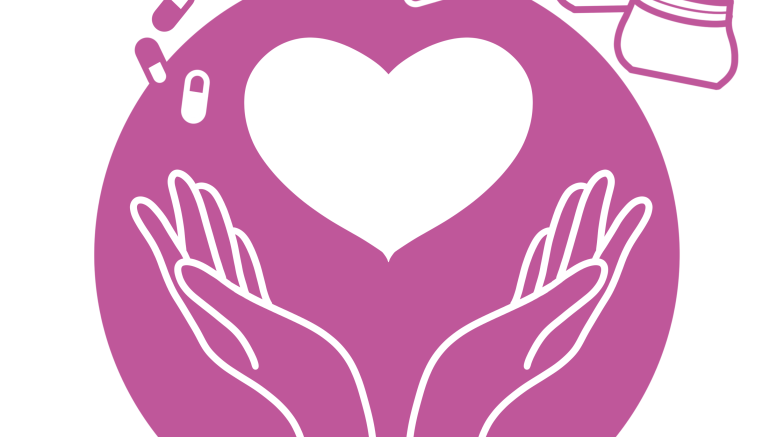A substance called xylazine has been popping up in Street Connections’ and SaferSites’ overdose reports.
Xylazine — or tranq as it is known on the streets — is a sedative not approved for use in humans that is commonly used on horses and cattle.
Unlike other tranquilizers, xylazine doesn’t have potential effects that may be appealing to recreational drug users. Users wake up from stupors with withdrawal symptoms without having experienced any high.
People overdosing on opioids might stop breathing, or their heart rate might slow to a halt completely. Usually, opioid users can be saved with a medication called naloxone, which reverses the effects of opioid overdoses.
Because xylazine is not an opioid, life-saving medications like naloxone do not reverse its effects. This means that if someone overdoses on xylazine, first responders may lose precious seconds necessary to save their life by first trying to treat the overdose as an opioid-related one.
To top that off, xylazine also causes necrotic skin lesions to appear and fester on the user’s body, which, if left untreated, can lead to amputations. Xylazine withdrawal can cause seizures, and the drug’s novelty means there are no medications to treat its withdrawal symptoms.
Why are people beginning to use xylazine, then, if its effects on the body are so gruesome? Not by choice. Unbeknownst to people buying cocaine or heroin off the street, the drug supplies in many places in the U.S. and Canada have been saturated with xylazine. Not only is xylazine increasingly appearing in overdose deaths, in the state of Maryland almost 80 per cent of drug samples with opioids contained traces of xylazine between 2021 and 2022.
The administration of U.S. President Joe Biden declared xylazine-laced fentanyl an “official emerging drug threat” to the country. I admit that the effects of xylazine make me fearful for people who use it. At the same time, I think labelling xylazine a particular “threat” is like labeling a runny nose a disease.
Politicians tend to restrict political action in the context of drug-related crises to whatever is within the power of individuals to control. We can call xylazine a threat and hope that individuals will instinctively know when their drugs are contaminated. That is much easier than funding something like a robust program to offer free, anonymous drug testing nationwide.
This focus only moralizes the act of doing drugs. Those addicted are commonly referred to as “substance abusers” even by sympathetic onlookers. But our short-sighted views about whether people ought to do drugs pass over more interesting questions we could ask about why people do not stop doing drugs.
What shouldn’t be left unsaid is that sometimes — for some people — drugs are fun. At other times they eject your mind from itself, flinging it into an alternate dimension populated by giant metal spiders with hundred-jointed legs. For some people, that fun is reason enough to keep using.
But even those who want to stop using recoil from the prospect because of the titanic obstacle of withdrawal symptoms. Many xylazine users, for instance, explain they are afraid to seek medical attention for their wounds because they fear their withdrawal symptoms will not be treated — and that hospital staff will be cruel — during an extended stay in hospital.
The advice most readily available to people is to abstain from using drugs, which has never, ever worked. History should have taught us, after the failure of prohibition measures in the early 20th century, that people will always use drugs.
What we need now is harm reduction, or strategies to make sure fewer people suffer or die.
Among the harm reduction measures that have had incalculable positive impacts are clean needle programs. Once derided as a way of enabling people to use drugs, harm reduction measures that provide people with clean needles have proven to significantly reduce the transmission of HIV-AIDS.
Exactly what harm reduction measures will look like as they are aimed at addressing xylazine is a complex picture.
Xylazine poses a threat because the illicit drug supply is unpredictable. We might sometimes think of overdosing as a problem caused by heavy drug use, but that’s inaccurate. At the other end of the spectrum, even people who use drugs recreationally, who buy their supply off the streets, are at risk of overdosing.
Harm reduction measures targeted at reducing the mortality rates among drug users, then, have to serve both people with a physical dependency on drugs and recreational users. One solution suggested by both harm reduction activists and public health experts is to provide a safe supply.
Researchers Joanne Csete and Richard Elliott argue that governments have a moral obligation to provide safe supply because governments must protect people’s right to life, and safe supplies ensure fewer people die because they have access to quality-assured drugs.
Of course, providing a safe supply of heroin might seem extreme to some. The strongest criticism I’ve seen against these programs is that it doesn’t force people with a physical dependence on drugs to “get clean” as soon as possible.
But do people with a physical dependence on drugs deserve to die? Does a recreational user deserve to die? For me, that’s an easy “no,” and I hope our answers are the same.
Those in need of harm reduction services can find more information through the Manitoba Harm Reduction Network at mhrn.ca.





